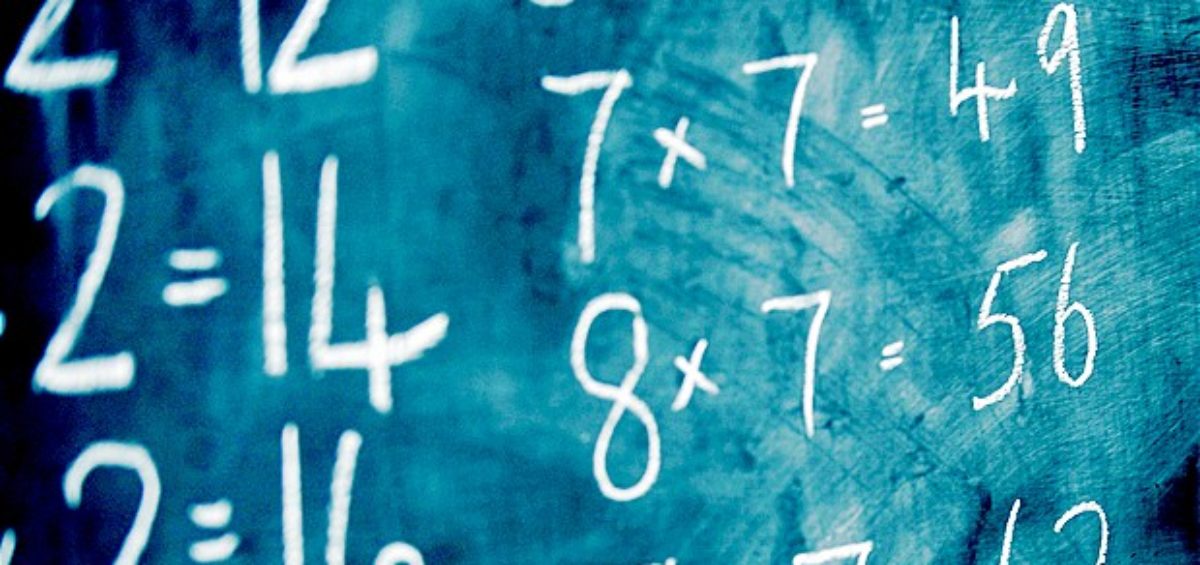Whether you are in ordinary Maths lessons in Year 8 at ERGS or studying Further Maths in Year 14 in preparation for a mathematical course at university, being able to instantly call to mind your times tables is important. Take a look below at where you will need to know, for example, that 7 x 9 = 63.
Year 8
Question 5.7 x 9
Ans 7×9 =…
Year 9
Question Expand: 7(2x + 9y)
Ans 14x + …
Year 10
Question The nth term of an arithmetic sequence is given by the expression 7n – 5.
What is the 9th term of the sequence?
Ans 7 x 9 – 5 = …
Year 11
Question Write the answer to the following calculation in standard form: 700000 x 0.009.
Ans 7 x 9 = …
Year 12
Question A cylinder has a diameter of 6cm and a height of 7cm. Find the volume, leaving your answer in terms of π.
Ans V = π(r^2)h
= π x (3^2) x 7
= π x 9 x 7
= …
Year 13
Question Find the equation of the normal to the curve given by the equation y = 9x^7 + 1
at the point (0,1).
Ans Gradient of curve = (7×9) x^6
= …
Year 14 (Further Maths)
Question Find an equation for the plane through the origin which contains the lines L1 and L2 with the following equations:
L1: r = t(2i + 9j + 3k) L2: r = s(-i + 7k)
Ans n = (2i + 9j + 3k) x (-i + 7k)
= (9×7)i + …
All of the above answers have stopped at the point where 7 x 9 is needed. Knowing instantly that this is 63 has at least two advantages:
- It stops you becoming distracted from the larger method you are following (you can see that from Year 8 to 14, basic skills are used in increasingly complex situations);
- It saves time compared to typing the calculation into your calculator (if allowed!). Most tests will involve lots of basic operations – if you know your tables instantly this can add up to a lot of time saved.
So, to improve your recall of times tables, take a look at the Multiplication Drills resource on Fronter. Doing one of these a week will help you recognise answers with greater speed and help you work through problems, at whatever level, more smoothly.










